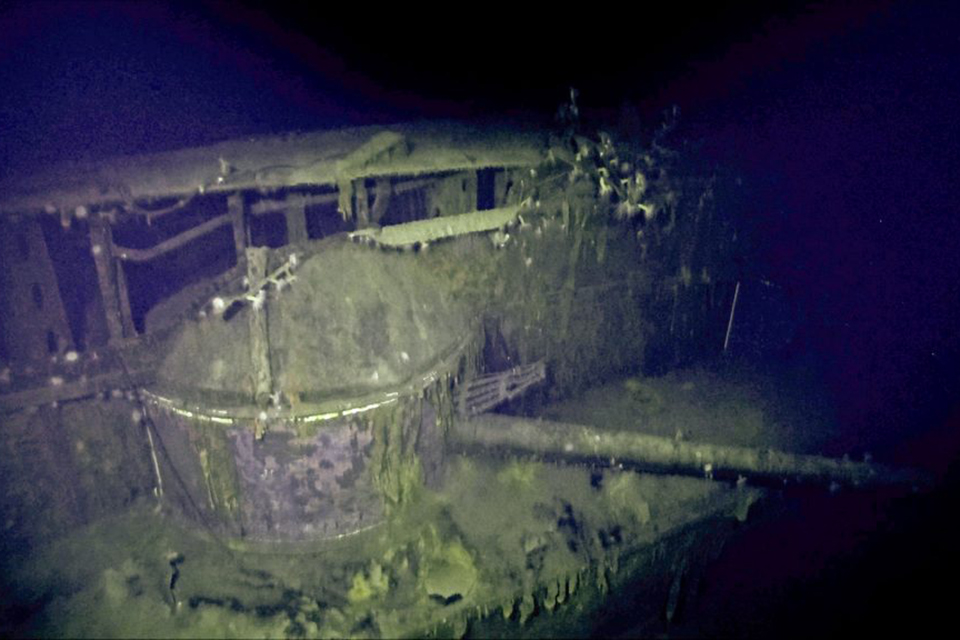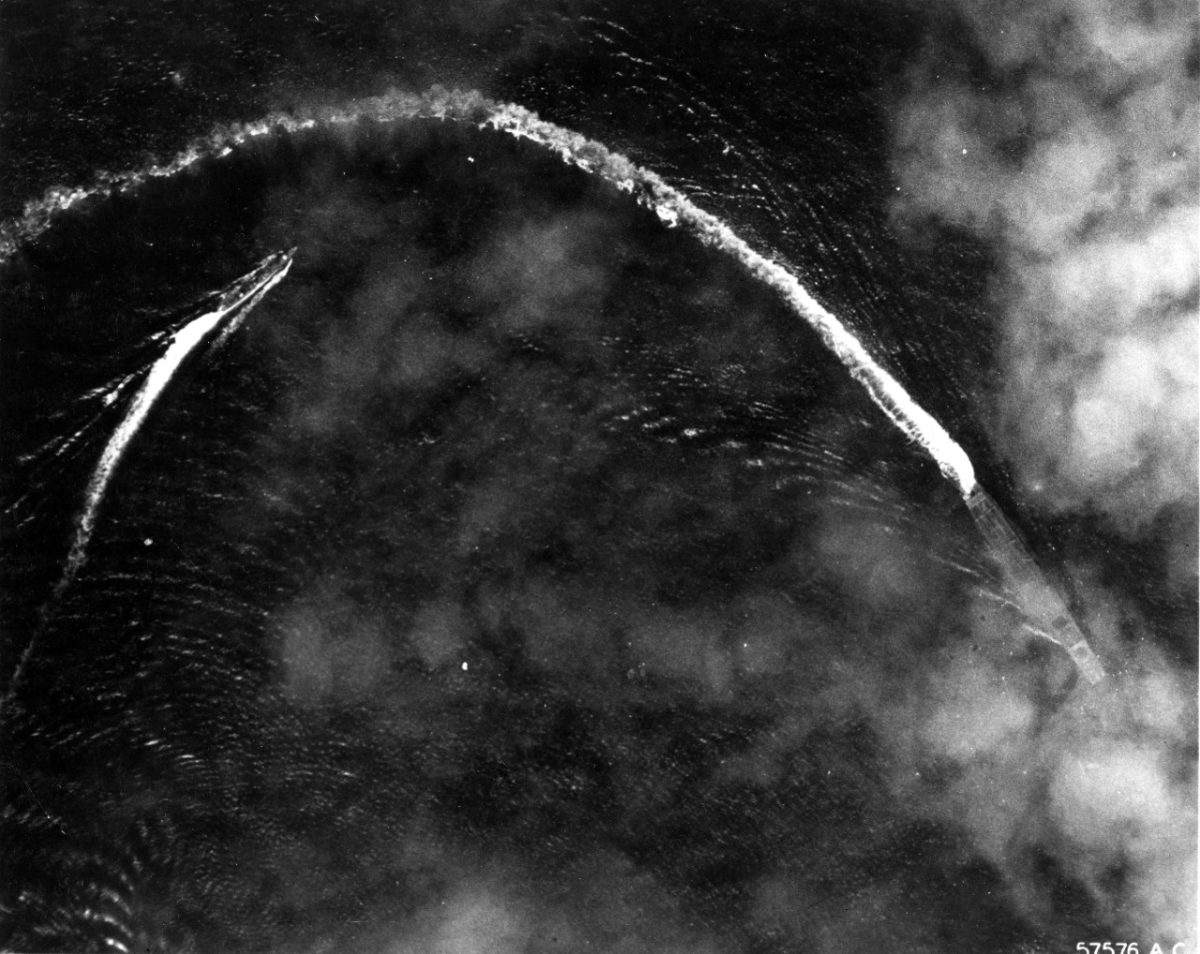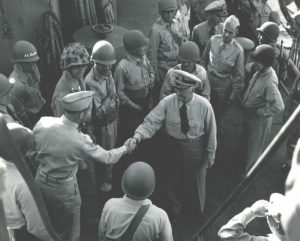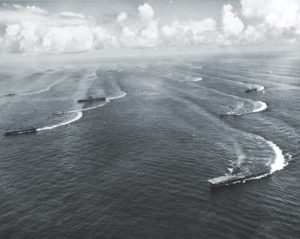Two Japanese aircraft carriers that fought at the Battle of Midway have been found by a crew of deep-sea explorers and historians – all in the span of one week. The discovery of the aircraft carrier Kaga by the research crew of the RV Petrel was followed by an announcement that the Akagi had also been found. Until last week, only one of the seven ships that were sunk—five Japanese and two American—had been located.
The Petrel, the maritime brainchild of Vulcan Inc.’s director of undersea operations and Naval History and Heritage Command, used an autonomous underwater vehicle equipped with sonar to find the Akagi “in the Papahanaumokuakea Marine National Monument resting in nearly 18,000 feet (5,490 meters) of water more than 1,300 miles (2,090 kilometers) northwest of Pearl Harbor,” according to ABC News.
With the help of the U.S. Navy and other officials, the Petrel and its crew have located more than 30 vessels. The team’s lofty goal remains locating all of the lost ships from Midway, the pivotal 1942 battle in which the Japanese lost 3,057 men, four carriers, one cruiser, and hundreds of aircraft.

The United States suffered substantial losses as well, numbers that were still dwarfed by the losses of their enemy. One carrier, one destroyer, 144 aircraft, and 362 Americans perished in the fight.
The sinking of the Akagi was unique in that it was only struck once, most likely the devastating result of a 1,000-pound bomb dropped by Lieutenant Dick Best, who was serving as commander of VB-6.
The bomb, which plowed into the center of the flight deck, on the middle elevator, penetrated through to the Akagi’s upper hangar deck. With its hangars crammed wingtip to wingtip with fully fueled aircraft equipped with bombs and torpedoes, the Akagi’s structural integrity dissolved into a belching inferno. With no damage control measures existing that could put out a fire of that magnitude, the fires soon overwhelmed the ship’s crew and threatened to consume the flight deck.
At 10:46 a.m., only 26 minutes after the initial attack, First Air Fleet Commander Vice Admiral Chuichi Nagumo, with tears in his eyes, reluctantly assented to leave his flag ship, descending down a rope ladder to a launch that would take him to the awaiting Nagara.
Had the bomb missed, “the entire course of the battle might have turned, because the Japanese might have dealt a more severe retaliatory attack on the American carriers,” military historian Ian Toll claims.
The following morning the Akagi, along with Kaga, and Soryu were abandoned and sent to the bottom of the sea, where the two would remain, collecting algae, until this year.
The critical American victory at Midway is seen as the turning point in the Pacific War, as U.S. forces halted the spread of the Japanese in the Pacific and dealt a colossal blow to its naval capabilities, which never again achieved full strength.





